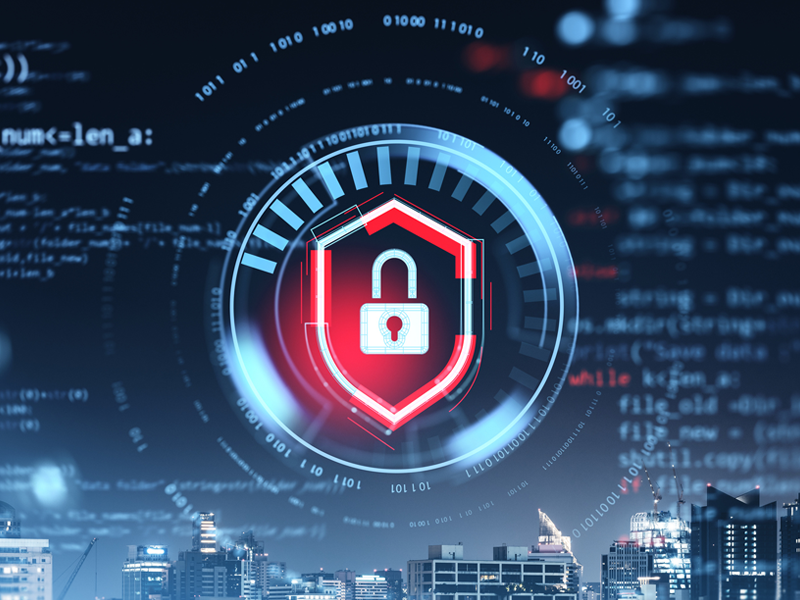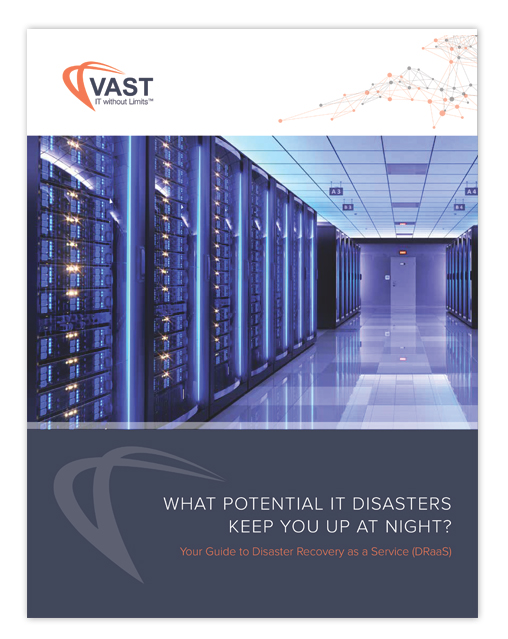Modern organizations must take every possible precaution to protect their IT environments from increasingly sophisticated cyber threats. The loss of mission-critical systems or high-value data can disrupt operations, leading to financial losses and a failure to meet customer expectations. In some cases, a business is forced to close in the aftermath of a successful cyberattack.
Cyber resilience and cybersecurity are two related concepts that companies should adopt to provide the most effective protection against cyber threats and attacks. While they share a common goal, they focus on different aspects of safeguarding your business. Your company needs to understand the differences between the two concepts and how they work together to protect your business-critical IT environment.
Why Does Your Company Need Protection?
Every company that relies on its IT environment to support business operations needs protection against cyber threats. Dedicated threat actors are continuously devising new techniques to subvert cyber defenses and perpetrate an attack on your valuable IT resources. Today’s threats exhibit increasing sophistication that threatens even the strongest security.
One of the most dangerous threats is malware and its particularly virulent variant, ransomware. A successful ransomware attack encrypts important data and holds it for ransom. Victims must pay for the decryption keys to regain access to their data. Other forms of malware may exfiltrate data for financial gain or corrupt systems to disrupt operations.
Threat actors engage in advanced phishing campaigns to attempt to install malware within an IT environment. In addition to external threats, organizations can also be affected by deliberate or accidental insider activities, which may lead to system outages and data loss. Companies require a robust cybersecurity framework and a comprehensive approach to cyber resilience to protect themselves effectively.
Quick Comparison Between Cyber Resilience and Cybersecurity
The following table summarizes the differences between Cybersecurity and Cyber Resilience.
| Cybersecurity | Cyber Resilience |
| Designed to protect an organization by preventing cyberattacks | Used to prepare for, survive, and recover from attacks |
| Focused on protecting the IT environment | Focuses on system recovery and business continuity |
| Primarily refers to technical solutions | Includes people, processes, and technical solutions |
What is Cybersecurity?
Cybersecurity refers to the measures a company takes to protect its IT environment and data resources from cyberattacks, unauthorized access, and other forms of damage. The purpose of cybersecurity is to keep intruders away from your systems and prevent any potential attacks.
Cybersecurity has three core principles, often referred to as the CIA triad.
- Confidentiality – All sensitive and valuable data should only be accessible to authorized entities.
- Integrity – All data must be accurate and free from tampering.
- Availability – Systems and data resources must be available to authorized personnel when needed.
A company’s cybersecurity posture should address these three principles using a range of activities and technical solutions.
What Makes Strong Cybersecurity?
Organizations must implement a multifaceted approach to protecting their IT environment. The following types of security combine to present a strong cybersecurity posture.
- Network Security – The first line of defense is designed to keep intruders out of your network. It includes firewalls and virtual private networks (VPNs) to control access to your IT resources.
- Application Security – Teams must protect all software and applications to prevent threat actors from exploiting known vulnerabilities. The most effective method of application security involves regularly installing security patches and updates to address deficiencies.
- Data Security – Companies must protect data from unauthorized access to ensure its integrity and confidentiality. Security is achieved through strong Identity and Access Management (IAM), including multi-factor authentication, encryption, and a comprehensive backup solution.
- Cloud Security – Businesses with a cloud presence must ensure they understand their role in securing cloud resources. Cloud service providers (CSPs) typically share the responsibility for securing the cloud platform; however, customers are ultimately responsible for protecting their data.
- Endpoint Security – The modern mobile workforce has made it essential to protect endpoints, such as laptops and mobile devices. Each endpoint presents threat actors with a potential entry point into the broader IT environment and must be safeguarded with robust security solutions, such as intrusion detection systems.
- Disaster Recovery – Organizations must be capable of recovering after a cyberattack or incident. Effective recovery requires reliable backups and a tested disaster recovery plan. Teams should test and update the plan frequently to streamline procedures and address changes in the environment.
What is Cyber Resilience?
Cyber resilience is an approach to protecting your business that addresses the fact that a successful cyberattack can occur despite having strong cybersecurity measures in place. An organization must be able to prepare for, respond to, and recover from cyberattacks while continuing to run its business. The goal of cyber resilience is to survive an attack and recover quickly, minimizing downtime and financial losses. Cyber resilience combines cybersecurity with business continuity to protect the environment and maintain operations.
Effective cyber resilience requires the combination of the following key elements.
- Preparation – Companies must prepare for cyber threats by conducting risk assessments, implementing strong security policies, and providing employees with cybersecurity training.
- Protection – This element incorporates all of the cybersecurity measures previously discussed. Though an attack may be inevitable, the goal is to prevent them using all available tools.
- Detection – Real-time threat monitoring and anomaly detection are essential for promptly identifying threats and minimizing damage.
- Response – Organizations must have incident response plans in place and define clear roles and communication channels to be used during a cyber incident.
- Recovery – A company’s ability to recover depends on its backup systems, disaster recovery capabilities, and business continuity plans.
- Adaptation – Teams must learn from incidents and make the necessary modifications to cybersecurity measures and resilience plans. Organizations must update security to address emerging threats that may require new protective solutions.
How VAST Supports Cybersecurity and Cyber Resilience
VAST supports your company’s cybersecurity and cyber resilience objectives with a range of services backed by our team of expert technicians.
- Our Disaster Recovery-as-a-Service (DRaaS) solution enables SMBs to implement efficient and cost-effective disaster recovery. The service is built leveraging AWS Elastic Disaster Recovery for enhanced flexibility and resilience.
- We offer Cloud Backup-as-a-Service (CBaaS), allowing any company to protect its environment with cloud backups without requiring any infrastructure investment.
- Our security experts utilize the Palo Alto Security Life Cycle Review to gain a comprehensive understanding of your security standing and identify vulnerabilities that your company must address to protect itself.
Contact us to learn more about how we can help you improve your cybersecurity and cyber resilience postures.



